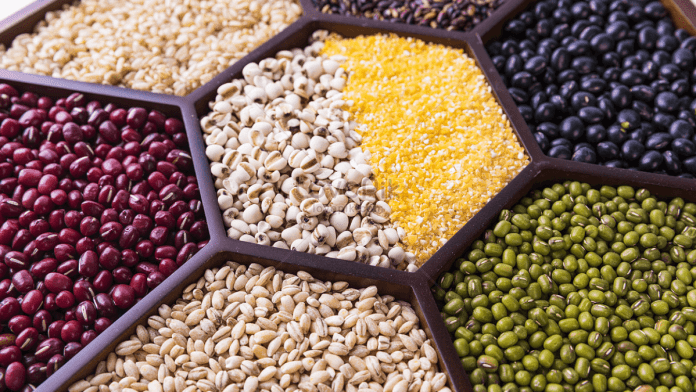News in Brief:
– FAO reports a 1.1% rise in global food prices in March 2024, driven by increases in vegetable oils, dairy, and meat.
– Local farmers face income pressure as vegetable oil prices surge, while contrasting trends in cereal prices and forecasts for increased cereal production highlight market uncertainties.
The latest report from the Food and Agriculture Organization of the United Nations (FAO) reveals a significant uptick in the global food price index for March 2024, marking its first increase in seven months.
This surge, by 1.1 percent, is primarily attributed to soaring quotations in vegetable oils, dairy products, and meat on the international market.
The rise in the FAO Food Price Index directly impacts local farmers, especially in regions heavily reliant on agricultural exports. With the Vegetable Oil Price Index leading the charge with an 8% increase, countries dependent on palm, soy, sunflower, and rapeseed oils face heightened pressure. In Southeast Asia, for instance, where palm oil is a vital economic driver, reduced outputs coupled with strong domestic demand have fueled price hikes, directly affecting local farmers’ incomes.
The Dairy Price Index, up by 2.9%, reflects rising global cheese and butter prices, impacting dairy farmers worldwide. Similarly, the Meat Price Index, recording a 1.7% increase, presents challenges and opportunities for poultry, pig, and bovine meat producers. For local farmers, navigating these fluctuations in global prices becomes critical for maintaining livelihoods and ensuring sustainable agricultural practices.
Contrasting trends in cereal prices and forecast for 2023/24
While the overall food index rises, the Cereal Price Index takes a dip by 2.6%, primarily due to declining wheat export prices. This contrasts with the upward trajectory in maize export prices, influenced partly by logistical challenges in Ukraine. For farmers reliant on cereal production, understanding these market dynamics is essential for strategic decision-making and risk management.
FAO’s projections for world cereal production in 2023/24 offer a glimpse into future agricultural trends. With expectations of increased maize, rice, and wheat outputs, local farmers must adapt to changing market conditions. The forecasted rise in global cereal utilisation and trade underscores the interconnectedness of agricultural economies worldwide.



